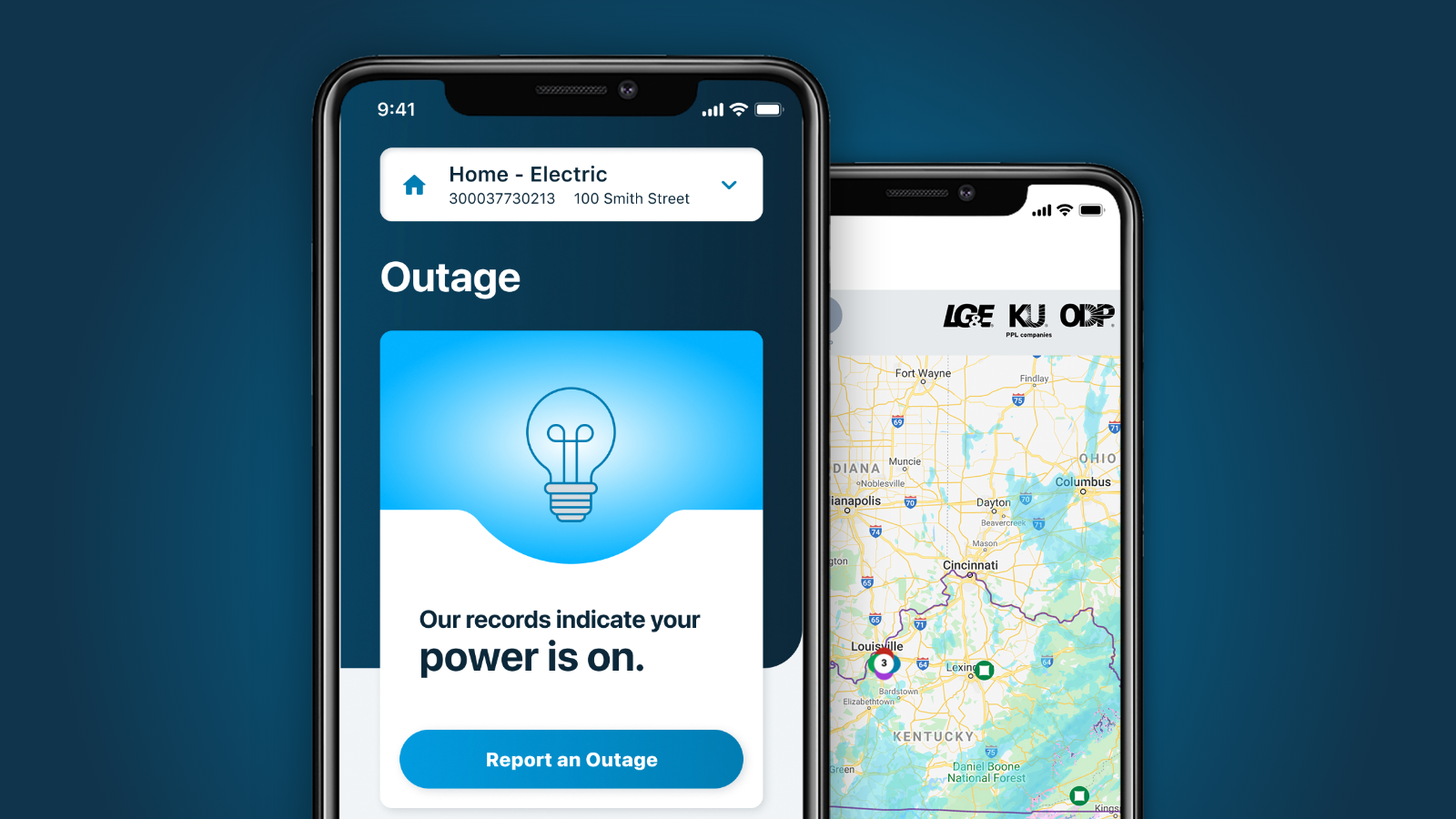Why is KU requesting a rate increase?
Environmental Mandates
- KU continues to make investments to meet environmental mandates issued by the U.S. Environmental Protection Agency. In order to maintain reliability and to meet the new EPA requirements, we are building Kentucky’s first natural gas combined-cycle generating unit and other infrastructure projects to continue to improve reliability.
- The company compared all energy supply options. KU and LG&E received approval to build a 640-megawatt natural gas combined-cycle unit, which was the least expensive solution. The new unit, which is being constructed at an existing facility, will provide energy with less emissions and help cover the loss of generation from the retirement of older coal plants.
- While the company still depends on coal for much of its current generation, the stricter environmental regulations made building new coal-fired generation uneconomical to pursue.
Investing in reliability
- In addition to building Cane Run, KU also is making investments in its transmission and distribution systems to maintain its high reliability into the future.
- While storms and their severity impact reliability, overall electric reliability across the service territory has improved since 2009. For example:
- Outages are occurring less often and, when they do occur, customers are without for power less time;
- This is, in large part, due to circuit hardening and a proactive hazardous tree removal program;
- KU also is using technology upgrades to improve response times when crews are working in the field and are restoring customers’ power;
- Today, most KU field employees receive work orders directly from an outage management system through specialized laptops installed in their trucks;
How will this impact my bill?
KU anticipates filing a request for a rate adjustment Nov. 26. KU is requesting a $153 million revenue increase, 9.6 percent. For a residential customer using an average of 1,200 kWh, the increase is expected to be approximately $11 per month if approved. This increase is 37 cents per day.
When will this take effect?
If approved by the KPSC, the rate adjustments will take effect in July 2015.
You’re increasing my rate, so does that mean I’ll have fewer outages?
While storms and their severity impact reliability, overall electric reliability across the service territory has improved since 2009. Outages are occurring less often and, when they do occur, customers are without power for less time. This improvement is due, in large part, to circuit hardening and a proactive hazardous tree removal program.
What can I do to offset the impact of these – and any future – rate increases?
- Know where you energy is going. Perform a home energy analysis
- Visit lge-ku.com/saving-energy-and-money for a complete list of all our energy-saving programs and how you can enroll.
- Enroll in our Budget Payment Plan
- Helps reduce the seasonal ups and downs normally associated with utility bills.
- Spreads costs over a 12-month period, adjusted periodically to reflect actual usage.
How do KU’s rates compare to those in the region and in the U.S.?
- KU continues to have some of the lowest energy costs in the nation. Currently, the national residential average cost per kilowatt hour is 12.43 cents while KU’s cost per kWh is 8.99 cents. If approved, KU’s residential average cost per kWh would be 10.50 cents and remain below the national average.
- KU continues to work diligently to maintain high-quality and efficient service and to hold costs down.
What is KU doing to help those in need?
The company recognizes the impact of any rate increase, but we are especially concerned about those customers who struggle to pay their bills. KU remains committed to various efforts that support people in need, including:

